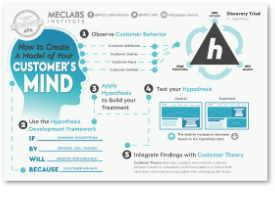Get Vendors (aka Advertisers) to Market Your Site
Are you getting links to your site from vendors in your field? Publishers are generally so used to marketing to vendors that it’s weird to think of having vendors market for you. Two best ways:
1. Check to see if the vendors (retailers, suppliers, services) who sell to your niche have their own email newsletters or alerts going out to customers and prospects. Then find a way to get a link to your stories or subscription form from their emails. Perhaps you offer a special report (a collection of several articles from your archives, a tip-sheet, whatever). Perhaps you make sure those vendors editors have easy access to the best links to stories that might fit in their ezine.
We do this with our SherpaWeekly newsletter which is a collection of links to our best stories from the week before. And lots of vendors then pick the links up and mention them in their own newsletters. For example last week, GotMarketing linked to three stories of ours, and we gained more than 300 clicks. At our average conversion rate of 68%, that’s a tidy new group of opt-ins.
2. Never email a complete story to a named source or company that was mentioned on your site. Instead, email them a link to the story. That way they forward the link to their entire company, friends, parents, and not the story.
http://www.sherpaweekly.com
http://www.gotmarketing.com








